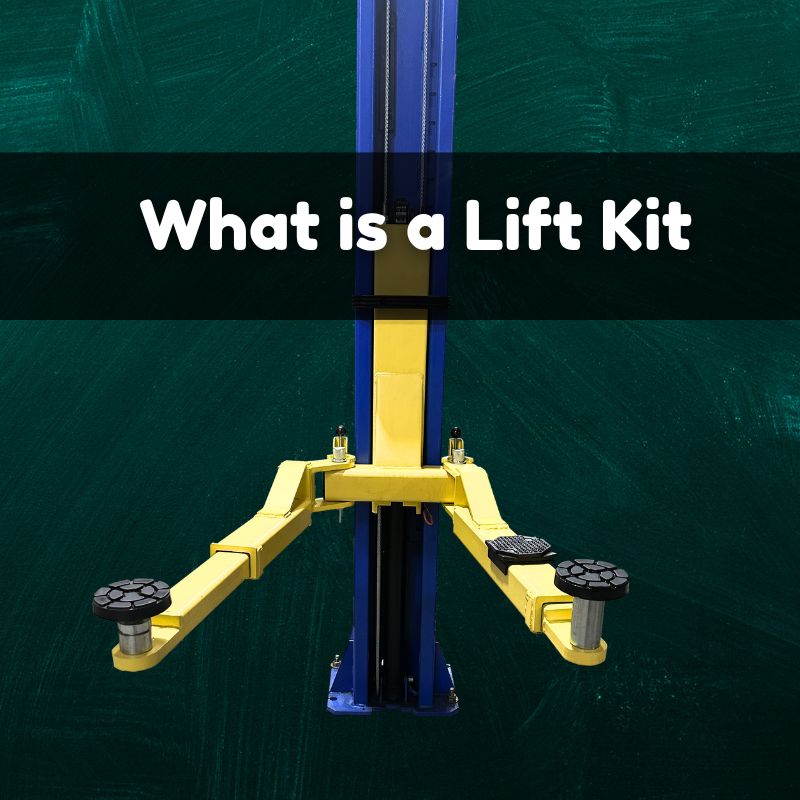
A lift kit is an upgrade for vehicles. It raises the body of the vehicle higher off the ground. This allows for larger tires and better ground clearance. Lift kits are popular among truck and SUV owners. They enhance both performance and appearance.
Why Use a Lift Kit?
There are many reasons to install a lift kit. Here are some of the most common:
- Improved Off-Road Capability: A lift kit allows vehicles to tackle rough terrains.
- Better Visibility: Higher vehicles give drivers a better view of the road.
- Larger Tires: Lift kits allow for bigger tires, improving traction.
- Enhanced Appearance: A lifted truck or SUV often looks more rugged and stylish.
Types of Lift Kits
There are several types of lift kits. Each one serves a different purpose. Here are the main types:
| Type | Description | Height Increase |
|---|---|---|
| Body Lift Kit | Raises the body away from the frame. | 1 to 3 inches |
| Suspension Lift Kit | Upgrades suspension components for more height. | 2 to 12 inches |
| Leveling Kit | Raises the front of the vehicle to match the back. | 1 to 2 inches |
How Does a Lift Kit Work?
Lift kits work by changing the vehicle’s suspension. This can involve adding spacers or changing parts. Here’s how it generally works:
- Adding spacers: These are used in body lift kits.
- Changing shocks: New shocks provide better support.
- Replacing springs: New springs offer more lift.
- Adjusting control arms: This helps maintain proper alignment.
Benefits of a Lift Kit
Installing a lift kit comes with many advantages:
- Increased Ground Clearance: This helps avoid damage from rocks or debris.
- Better Approach and Departure Angles: This improves the vehicle’s ability to climb and descend.
- Customization: Lift kits allow for personal style and preference.
- Improved Performance: They can enhance the vehicle’s handling.
Considerations Before Installing a Lift Kit
Before you install a lift kit, think about these factors:
- Cost: Lift kits can be expensive, including installation.
- Insurance: Check if a lift affects your policy.
- Local Laws: Some areas have restrictions on vehicle height.
- Driving Habits: Consider how often you’ll go off-road.
How to Choose the Right Lift Kit
Selecting the right lift kit is crucial. Here are some tips:
- Know your vehicle: Understand its specifications and limitations.
- Determine your needs: Decide if you need a body lift or suspension lift.
- Research brands: Look for reputable brands with good reviews.
- Check compatibility: Ensure it fits your vehicle model.
Installation of a Lift Kit
Installing a lift kit can be a complex task. It is often best to hire a professional. However, if you want to do it yourself, follow these basic steps:
- Read the instructions: Make sure to follow the manufacturer’s guide.
- Gather tools: You’ll need wrenches, jacks, and other tools.
- Lift the vehicle: Use jacks to safely lift your vehicle.
- Remove old parts: Take off the existing suspension components.
- Install new parts: Put in the new lift kit components.
- Check alignment: Ensure everything is aligned correctly.
Common Myths About Lift Kits
There are many myths about lift kits. Here are some common ones:
- Myth 1: Lift kits are only for off-road vehicles.
- Myth 2: They make handling worse.
- Myth 3: Lift kits are too expensive for regular drivers.
- Myth 4: Installation is always complicated.
Conclusion
A lift kit can be a great addition to your vehicle. It enhances performance and appearance. However, consider your needs before installing one. Research the best options available. Always consult a professional if you are unsure. Enjoy the ride with your new lift kit!
